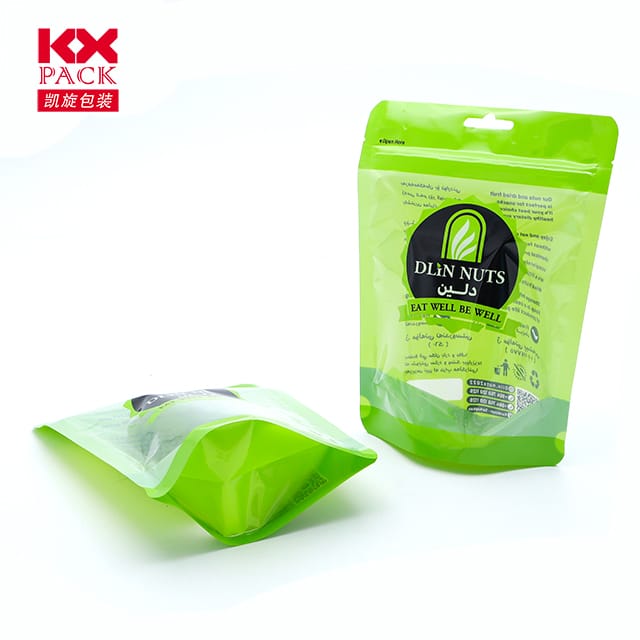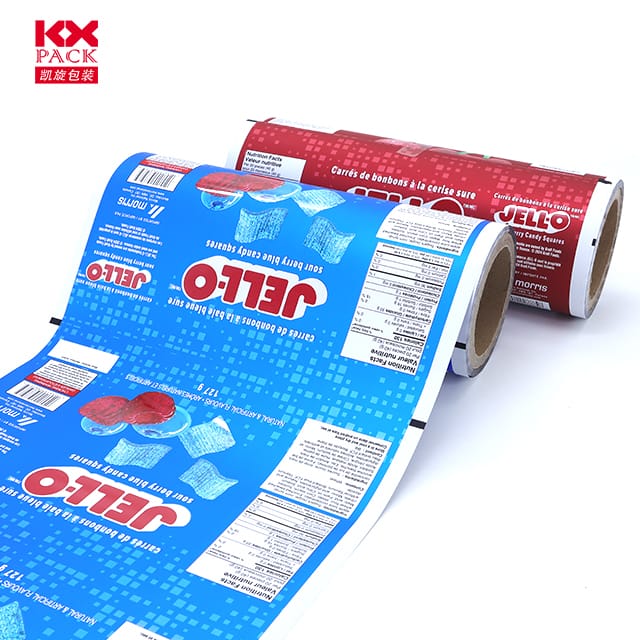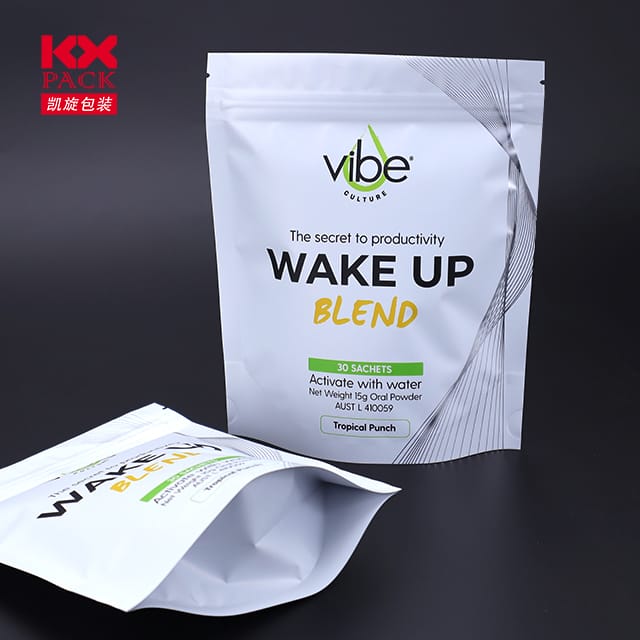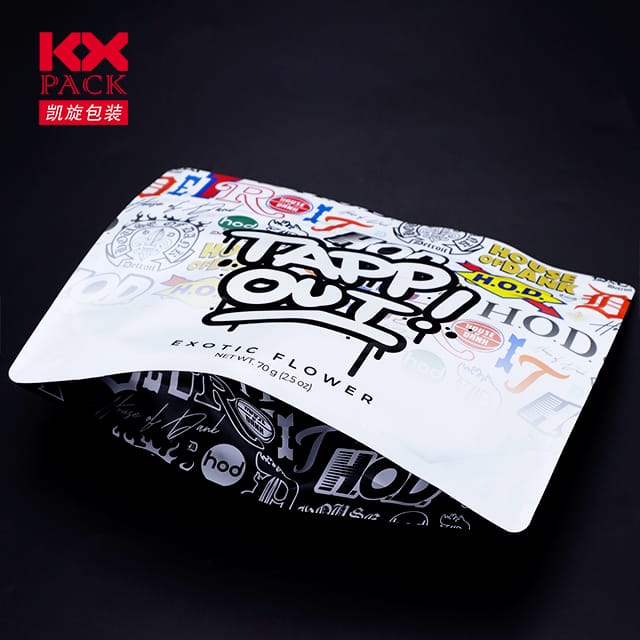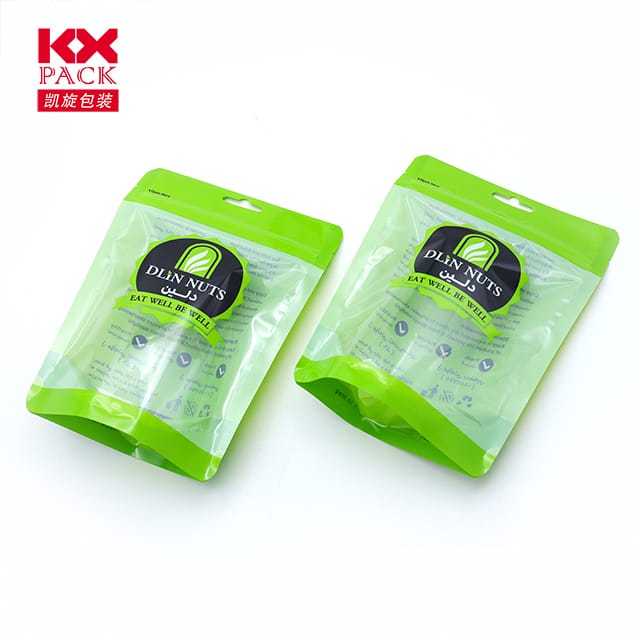Kebangkitan filem pembungkusan fleksibel bercetak: Di mana inovasi memenuhi kemampanan
Printed Flexible Packaging Film
In an era where consumers demand both visual appeal and environmental responsibility, Printed Flexible Packaging Film telah muncul sebagai penukar permainan. Bahan dinamik ini menggabungkan penjenamaan berimpak tinggi dengan faedah berfungsi, mengubah cara produk dibungkus, dipasarkan, dan dimakan. Mari kita meneroka mengapa teknologi ini membentuk semula industri -dan mengapa ia berada di sini untuk kekal.
Why Printed Flexible Packaging Film? A Multifaceted Advantage
- Brand Differentiation at Shelf Level
Printed flexible films allow brands to create eye-catching designs with up to 10-color printing capabilities, from vibrant gradients to matte finishes. Unlike traditional labels, graphics are printed directly onto the film, eliminating scuffing risks and ensuring consistent quality. Sebagai contoh, snack brands use shrink-sleeve films to wrap irregularly shaped products, achieving 360-degree branding that stands out in crowded aisles. - Sustainability Meets Performance
The global printed flexible packaging market, dihargai pada $101.48 bilion dalam 2025, dijangka berkembang di a 5.84% CAGR through 2030. This surge is driven by demand for recyclable and biodegradable materials. Inovasi seperti Bopp (Polipropilena berorientasikan biaxially) Filem now offer recyclable options without compromising barrier properties, reducing food waste by up to 30% through enhanced shelf-life preservation. - Cost-Efficiency for High-Volume Production
Flexographic printing remains the dominant method for long runs, perakaunan 46.73% of the market share in 2024 due to its cost-effectiveness. Namun begitu, Percetakan Digital is gaining traction, enabling on-demand customization for e-commerce brands. Hybrid systems that combine both methods are emerging as a sweet spot for flexibility and scale.
Key Applications: From Food to Pharmaceuticals
- Makanan & Minuman:
Stand-up pouches with spouts are replacing rigid containers for sauces and infant nutrition, offering portability and resealability. Retortable films withstand high-temperature sterilization, ensuring safety for ready-to-eat meals. - Healthcare & Penjagaan peribadi:
Cold-seal packaging, used for temperature-sensitive chocolates and pharmaceuticals, relies on printed films with precise registration marks to align seals with graphics, maintaining product integrity. - E-dagang:
Digital printing enables serialized codes and geo-targeted promotions on mailer bags, enhancing supply chain traceability and customer engagement.(Printed Flexible Packaging Film)
Technological Advancements Driving the Market
- Material Innovations:
- Metallized Films: Add a premium look while blocking UV light and oxygen.
- High-Shrink Films: Conform tightly to products for a sleek finish.
- Filem Compostable: Made from plant-based polymers, these decompose within 180 days under industrial conditions.
- Teknik Percetakan:
- Flexography: Ideal for large batches, with plates lasting up to 1 million impressions.
- Percetakan Gravure: Offers unmatched detail for high-end cosmetics packaging.
- Digital Inkjet: Reduces setup time by 70%, perfect for small-batch runs.
- Integrasi Pembungkusan Pintar:
Printed films now incorporate Kod QR dan Tag NFC for interactive experiences, such as tracking carbon footprints or unlocking recipes.
Cabaran & Future Outlook
Despite its promise, industri menghadapi halangan:
- Infrastruktur kitar semula: Only 14% of flexible packaging is recycled globally, due to multi-layer structures.
- Pematuhan Peraturan: Brands must navigate evolving standards like the EU’s Single-Use Plastics Directive.
Namun, the future is bright. Oleh 2028, the market is expected to reach$341.6 billion, didorong oleh:
- Sustainable Substrates: Bio-based PE and PLA films.
- Advanced Adhesives: Water-based and solvent-free options for easier recycling.
- Reka bentuk yang didorong oleh AI: Tools that optimize ink usage and reduce waste.
Kesimpulan: A Canvas for Innovation
Printed Flexible Packaging Film is more than just a container—it’s a strategic tool for brands to tell their story, reduce environmental impact, and meet evolving consumer expectations. Sebagai kemajuan teknologi, expect to see even more creative applications, from edible inks to self-healing materials.
For businesses looking to stay ahead, the message is clear: Embrace flexibility, print with purpose, and package sustainably. The future of packaging isn’t just flexible—it’s intelligent.
What’s your take on Printed Flexible Packaging Film? Kongsi pendapat anda dalam komen di bawah! 🌍✨



